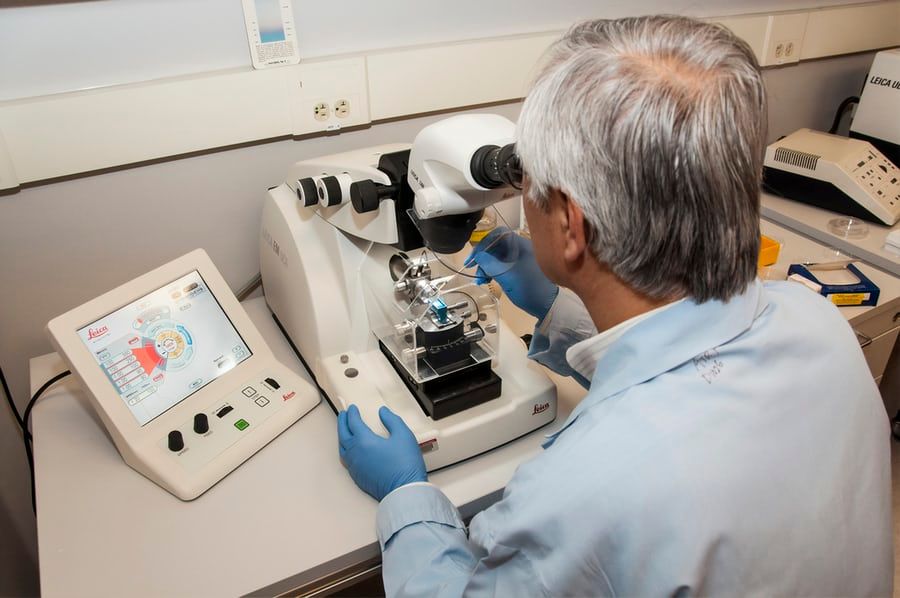Researchers Find How COVID-19 Hijacks Lung Cells
COVID-19 is a dynamic disease which evolves as it disrupts host programs and rewires modules.

A recent study conducted in collaboration between the National Emerging Infectious Disease Laboratories (NEIDL), the Center for Regenerative Medicine (CReM), and the Center for Network Systems Biology (CNSB) have successfully illuminated the first map of the molecular responses that a SARS-CoV-2 infection induces in human lung cells.
The research was carried out at the Boston University School of Medicine, utilizing highly accurate mass spectrometry technology combined with bioengineered human alveolar cells. The team identified changes in the levels of host proteins and pathways when a SARS-CoV-2 infection was present. This can help to provide insight into the pathology of the disease, along with new therapeutics that can target and block the coronavirus disease 2019 (COVID-19).
The finding also identified a key type of protein modification that can become deviant when lung cells are infected with COVID-19. The protein, called "phosphorylation", plays a major role in regulating protein function inside the cells of an organism. In typical healthy cells, protein abundance and protein phosphorylation are highly regulated processes, but it was found that COVID-19 wreaks havoc on the cells, which causes abnormal changes in amounts of protein and phosphorylation frequency.
Researchers analyzed lung alveolar cells from 1 to 24 hours after an infection with COVID-19, attempting to understand what changes take place in the lungs and comparing them to healthy cells. Both types of cells were then identified with their varying time points and labelled with a barcoding system called “tandem mass tag”. The tags from the barcode can be detected only by a mass spectrometer, allowing for a vigorous quantification of protein and phosphorylation abundance in cells.
Another outcome of the study came when the team analyzed the data to try and identify potential therapies for COVID-19. They found that at least 18 pre-existing, clinically approved drugs could have potential to be re-purposed for use towards COVID-19 treatment. The drugs discovered from the study have all shown great promise to block the multiplication of the SARS-CoV-2 in lung cells.
"There are important biological features specific to lung cells that are not reproduced by other cell types commonly used to study viral infection," Andrew Wilson, MD, said. "Studying the virus in the context of the cell type that is most damaged in patients is likely to yield insights that we wouldn't be able to see in other model systems."
